- Intro and motivation
- Disclaimer
- Preparation for experiment and whitening front panel
- Modification with Low Thermal 2758 connectors
- Benchmarks and performance comparisons
- Conclusion and summary
Intro and motivation
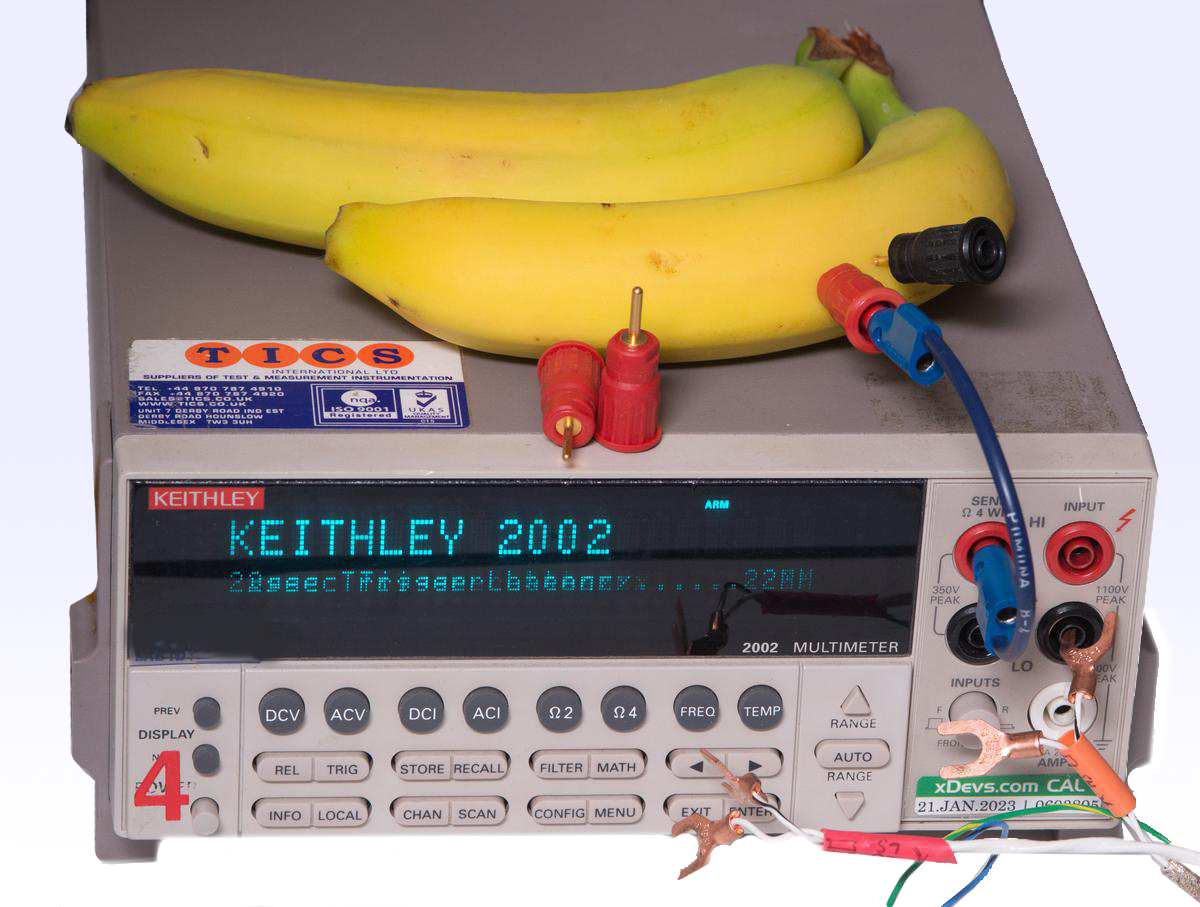
Image 1: Keithley 2002 and banana connections
Everybody knows that banana are evil and should not be anywhere near 8½-digit metrology equipment. Avoid by any means necessary. :)
Jokes aside, majority of my lab DC voltage and resistance test equipment and standards are equipped with 5-way binding posts that support variety of direct copper to copper interfacing cables with spade lugs and good mechanical design. Direct copper interconnect between different devices is important to avoid parasitic thermal EMF voltages. It is not a problem for measurements in 6½-digit realm but start to matter when we try to obtain best transfer uncertainty with 8½-digit resolution.
Dissimilar metal joints and contacts produce a small parasitic voltage. This voltage amplitude depends on temperature of the junction and is therefore called a thermal EMF. This is same principle how thermocouples work. The rate of change of this thermal EMF voltage with temperature is a function of the metals type used in the junction. The sense of the voltage produced is either positive or negative, depending on which side of the combination is being considered the input. Most, if not all electronic components, even simple resistors, capacitors, diodes have internal intermetallic combinations, and eventually connected to PCB/wire copper conductors as a final junction. Hence, copper is the typical “reference” metal in thermal EMF figures and analysis. Here are some examples of typical thermoelectric coefficients (also known as Seebeck coefficients) of bi-metal connections with pure copper.
| Material | Thermoelectric Potential (EMF) | Error magnitude on 1VDC with 5°C ΔT |
|---|---|---|
| Copper-Copper | < 0.2 µV/°C | <1 ppm |
| Copper-Silver | -0.3..+0.03 µV/°C | -1 ppm |
| Copper-Gold | +0.01..+0.2 µV/°C | +1 ppm |
| Copper-Cadmium/Tin | 0.3 µV/°C | 1.5 ppm |
| Copper-Lead/Tin | 1…3 µV/°C | 15 ppm |
| Copper-Zeranin | -1.3 µV/°C | -6.5 ppm |
| Copper-Brass | -1.6 µV/°C | -6.5 ppm |
| Copper-Evanohm | +2.0 µV/°C | +10 ppm |
| Copper-Manganin | -1.7..-3.0 µV/°C | -15 ppm |
| Copper-Aluminum | -4.0 µV/°C | -20 ppm |
| Copper-Nickel | -10..-22.0 µV/°C | -55..-110 ppm |
| Copper-Constantan | +39.7 µV/°C | -195 ppm |
| Copper-Kovar | 40 µV/°C | 200 ppm (0.02%) |
| Copper-Cupron | -45.0 µV/°C | -225 ppm |
| Copper-Silicon | 400 µV/°C | 0.2% |
| Copper-Copper Oxide | 1000 µV/°C | 0.5% |
Table 1: Typical thermal EMF figures with different metal junctions
Connectors used on Keithley 2001/2002 are nice high quality with pure copper gold-plated contact surfaces, but finding mating banana connectors for cables of equal quality are either rare as hens teeth or very expensive (think of $1000+ Fluke-branded cable, yes, per piece).
Such things caused some bodged interconnects and adaptors like shown below, to produce reliable electrical performance and good results. But Keithley 2002 is pretty much the only long-scale instrument in the lab that is limited only to banana connectors.
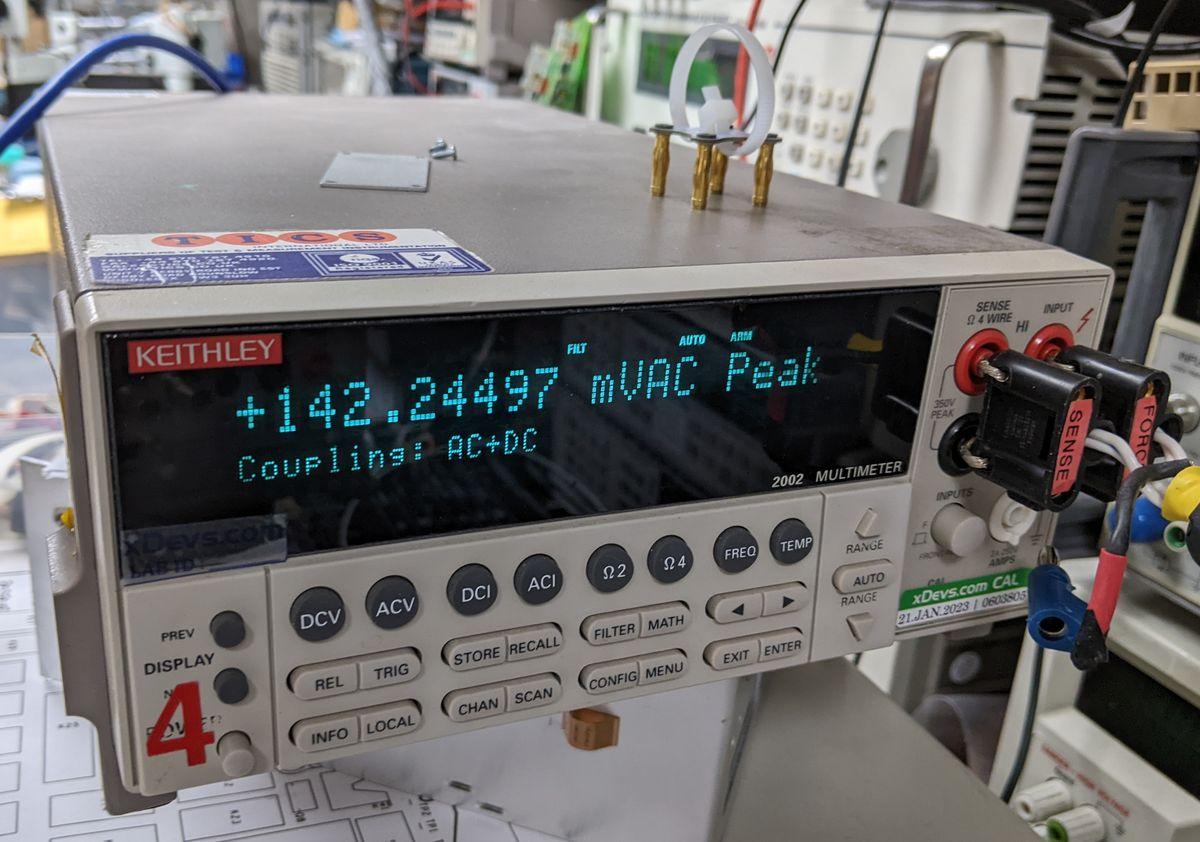
Image 2: Pomona dual-banana adapters for wire connections to Keithley 2002 front input
This got me to the idea of going after the root of the “problem” – possibility shrouded banana-only connectors replacement on Keithley 2002. Something more suitable for metrology applications, capable to support both banana, spade lug or simple bare copper wire connections. It is time to get answer on this simple question today with practical modification experiment.
p(side_note)=. To be clear upfront, I do NOT expect magical performance improvements from connector replacement, it is likely would be only usability and convenience mod for one of my Keithley 2002 units, enabling use of same cables from 3458A, 5720A and 1281 setups. This is more of a search for specific use case solution, rather to improvement.
Disclaimer
Redistribution and use of this article, any part of it or any images or files referenced in it, in source and binary forms, with or without modification, are permitted provided that the following conditions are met:
- Redistributions of article must retain the above copyright notice, this list of conditions, link to this page (https://xdevs.com/article/kei2002ltc/) and the following disclaimer.
- Redistributions of files in binary form must reproduce the above copyright notice, this list of conditions, link to this page (https://xdevs.com/article/kei2002ltc/), and the following disclaimer in the documentation and/or other materials provided with the distribution, for example Readme file.
All information posted here is hosted just for education purposes and provided AS IS. In no event shall the author, xDevs.com site, Keithley/Tektronix or any other 3rd party be liable for any special, direct, indirect, or consequential damages or any damages whatsoever resulting from loss of use, data or profits, whether in an action of contract, negligence or other tortuous action, arising out of or in connection with the use or performance of information published here.
If you willing to contribute or add your experience regarding instrument repairs or provide extra information, you can do so following these simple instructions.
Preparation for experiment and whitening front panel
To perform this modification experiment next items are good to have:
- 1 pcs Keithley 2002 that we’ll never sell and don’t mind butchering a bit
- 4 pcs Low Thermal 2758 5-way binding post (pure copper with gold plating, no nickel underplate). About $50 USD/pcs :(.
- Little bit of very non-RoHS solder, but I don’t care as this meter will never be sold.
- Gloves and whitening solution setup
- Soldering and usual lab equipment
- Vise and some clamps to remove/install connectors
- 4 hours of free time and some bananas for tea break
But before we go into connectors, let’s prettify this ugly yellowed old Keithley 2002 first. Instrument was manufactured around year 2006 and aged front panel color shows up.
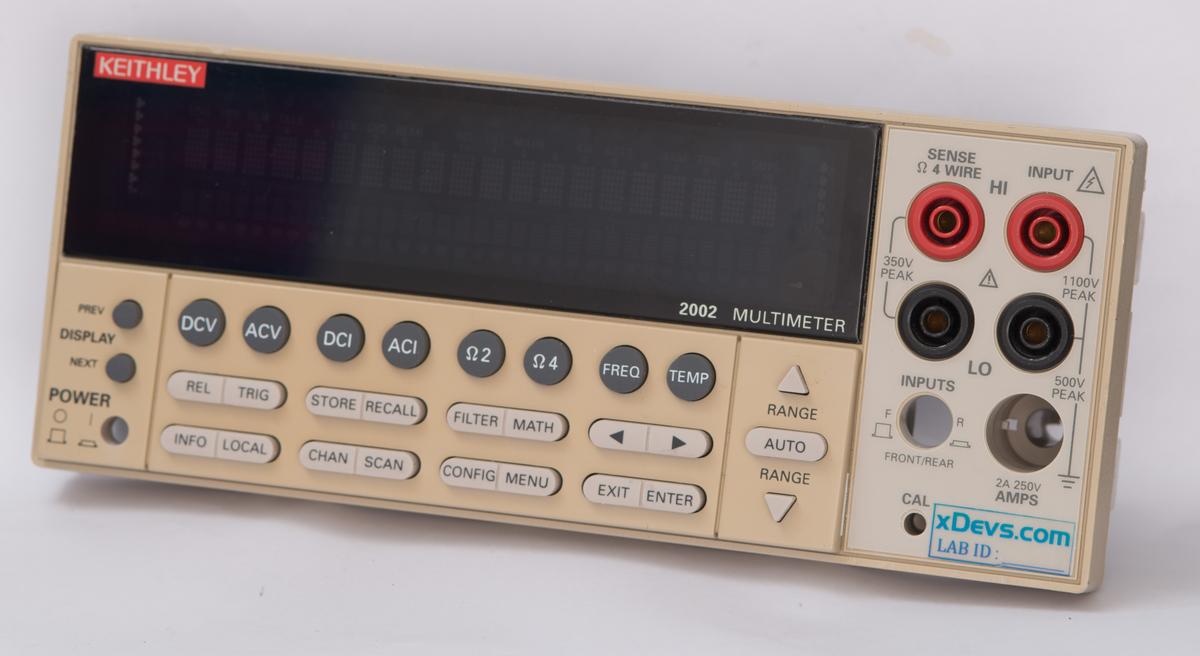
Image 3: Keithley 2002 front panel removed from the instrument
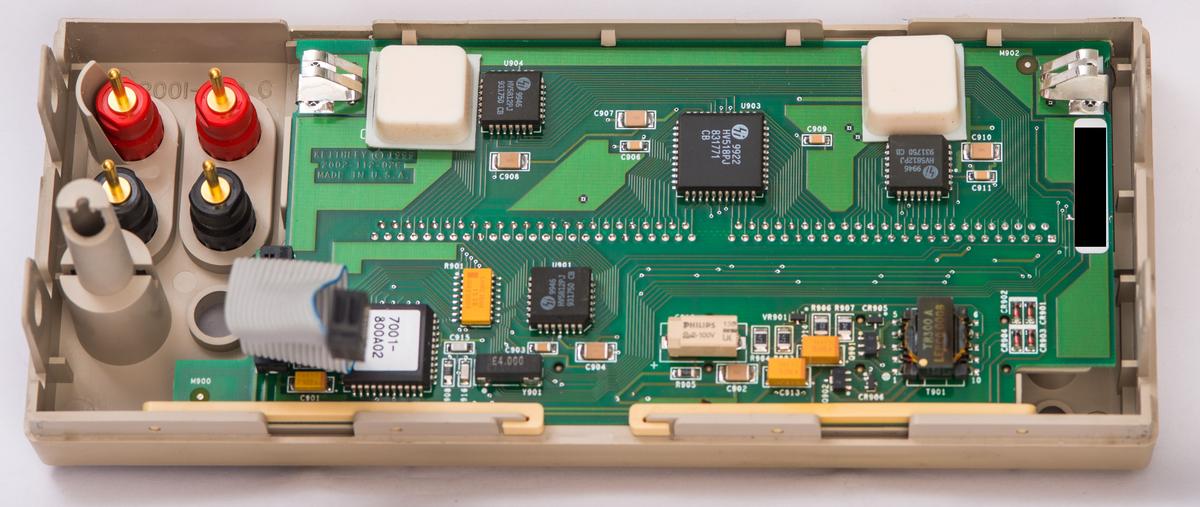
Image 4: Front panel PCB assembly in front panel plastic
I’ve taped Keithley manufacturer logo and Model 2002 wording on lens to protect it from possible damage by chemicals.
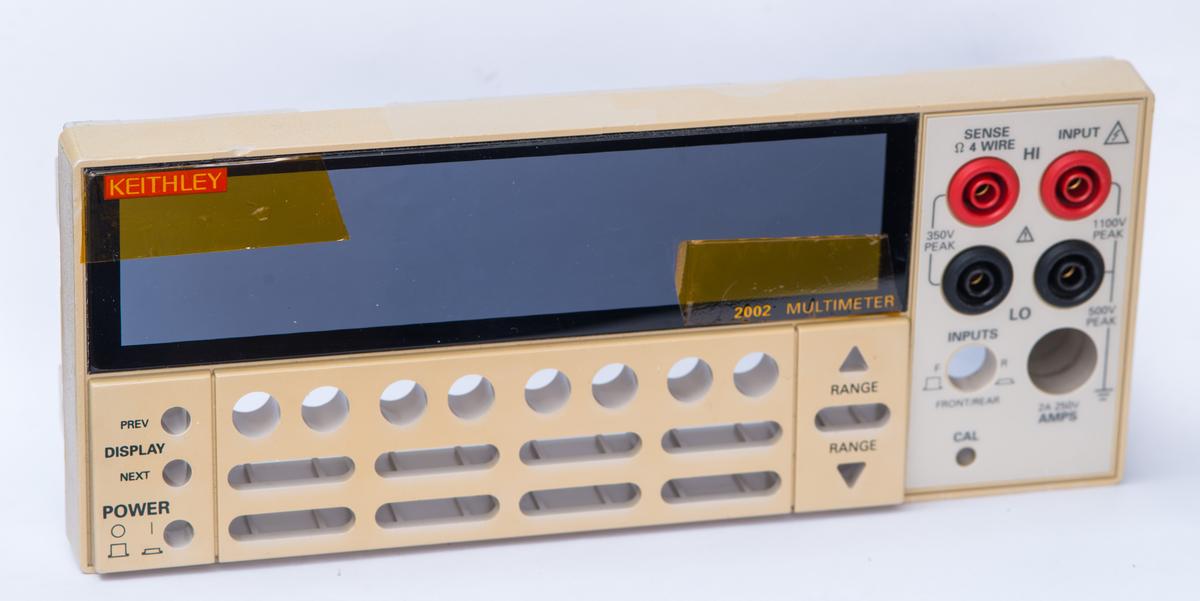
Image 5: Painted logos protected from chemicals, electronics removed
It is very yellow and not matching light beige color of brand new Low Thermal connectors. Front panel was removed from the meter and stripped of all electronics for whitening process. I have followed procedure explained here with 1L 40V cream developer solution + UV lamp used for nail polish curing. Panel was covered with peroxide solution and subjected to 14 hours UV exposure.
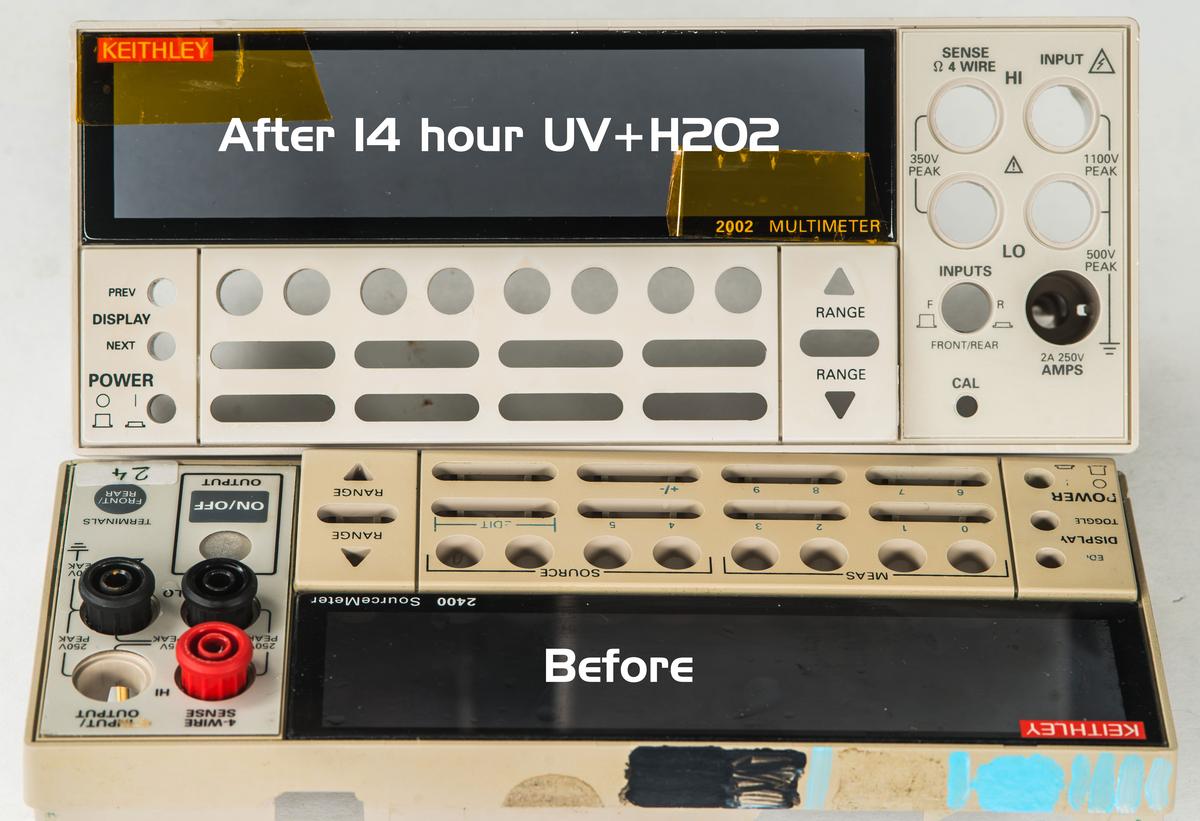
Image 6: Keithley 2002 after 14 hours treatment, compared to old Keithley 2400 panel
Keithley 2400 front panel in the photograph was not “whitened” and used as control reference. Before 2002 whitening both panels were about same ugly yellow tint. Original Keithley’s banana receptacles were already removed using simple press and round cap to spread the pressure on the panel, but not the post.
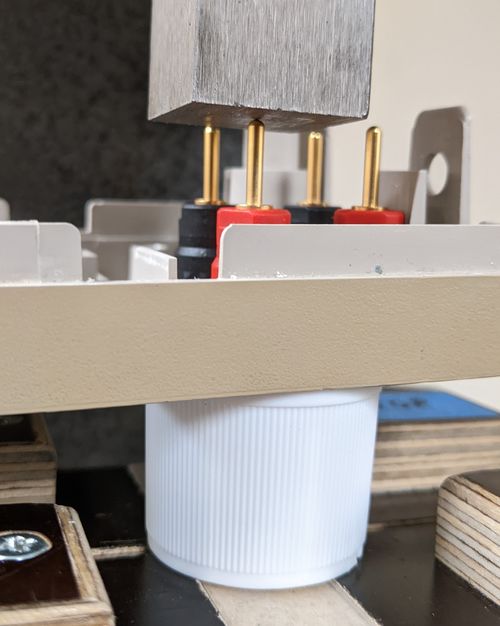
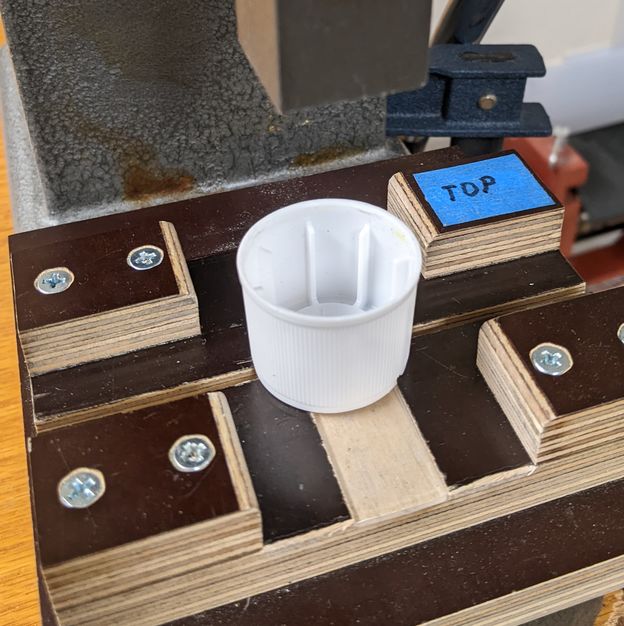
Image 7: Removal method for original press fit connectors
Initial 14 hour UV exposure with cream produced decent results, but I wanted bit whiter still.
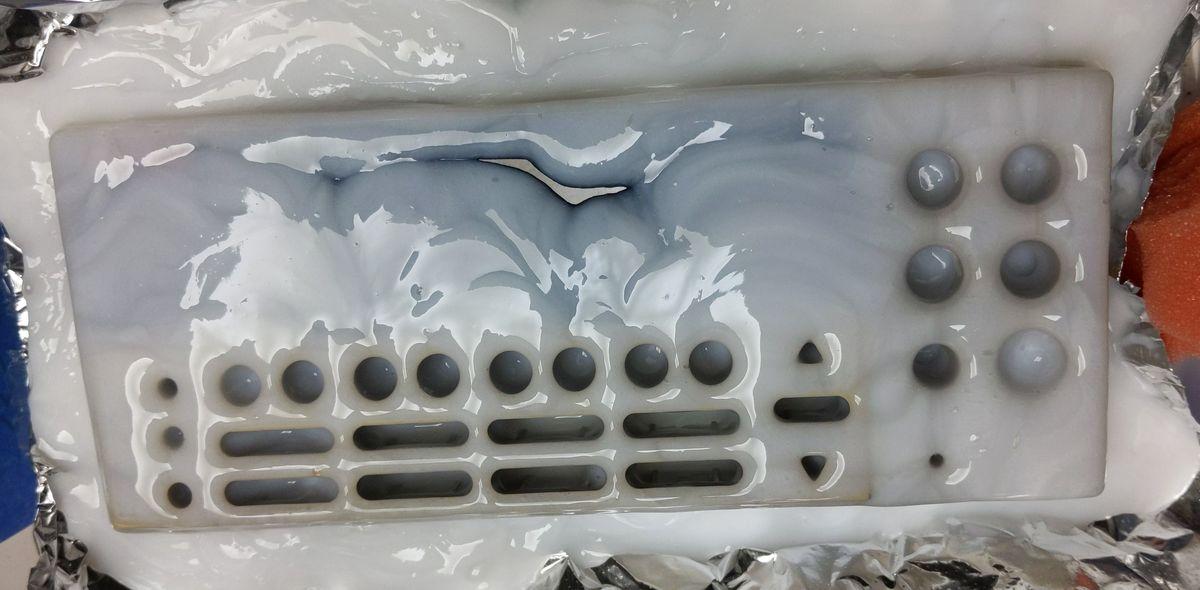
Image 8: Vol40 peroxide developer cream applied to panel for another run
So another 15 hours was added with fresh layer of peroxide cream.
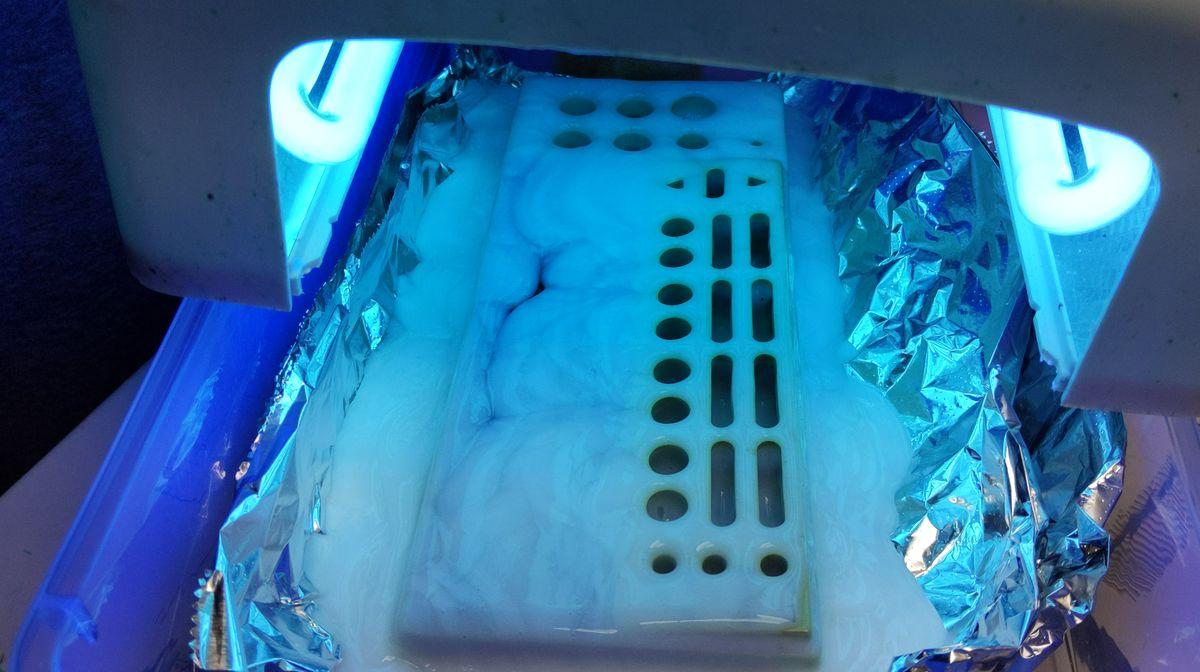
Image 9: Action with cheap ultra-violet nail curing lamp
Good idea is to mix peroxide cream from time to time to avoid uneven color on plastic.
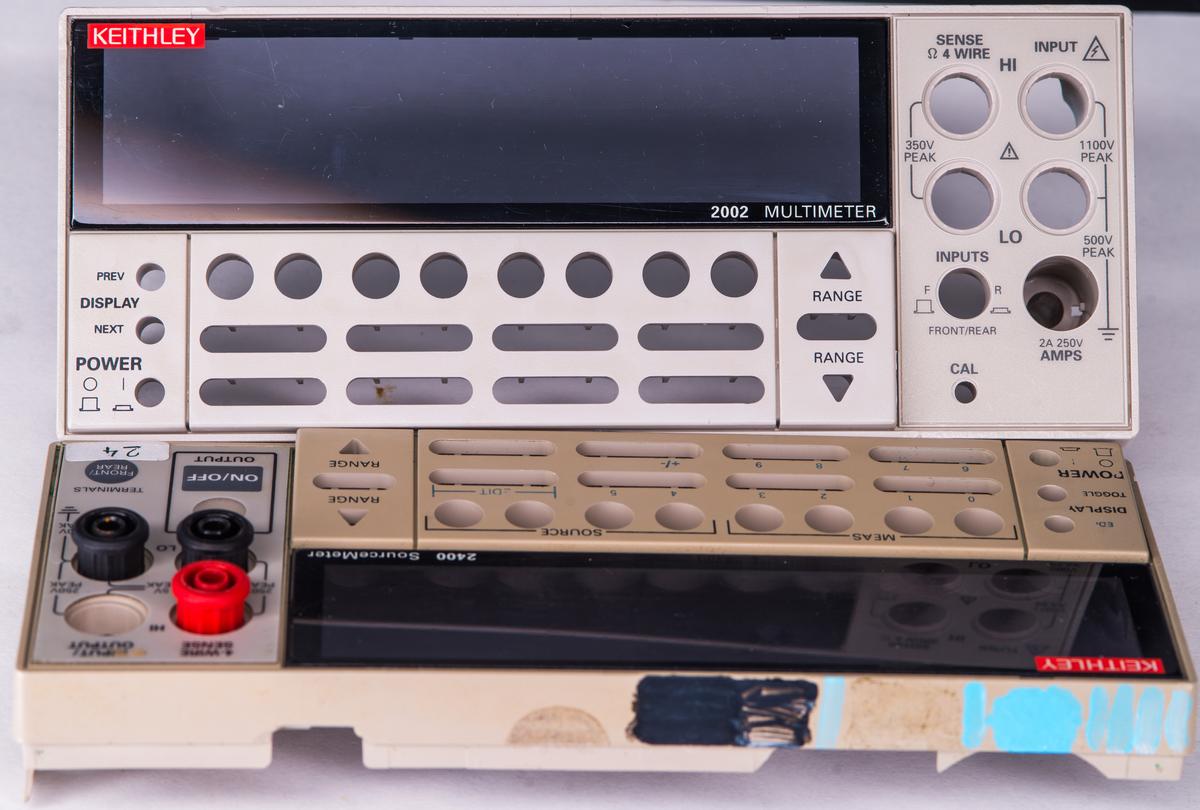
Image 10: Keithley 2002 with refreshed light gray colors
Now it is much better and decision to proceed with posts replacement was made.
Modification with Low Thermal 2758 connectors
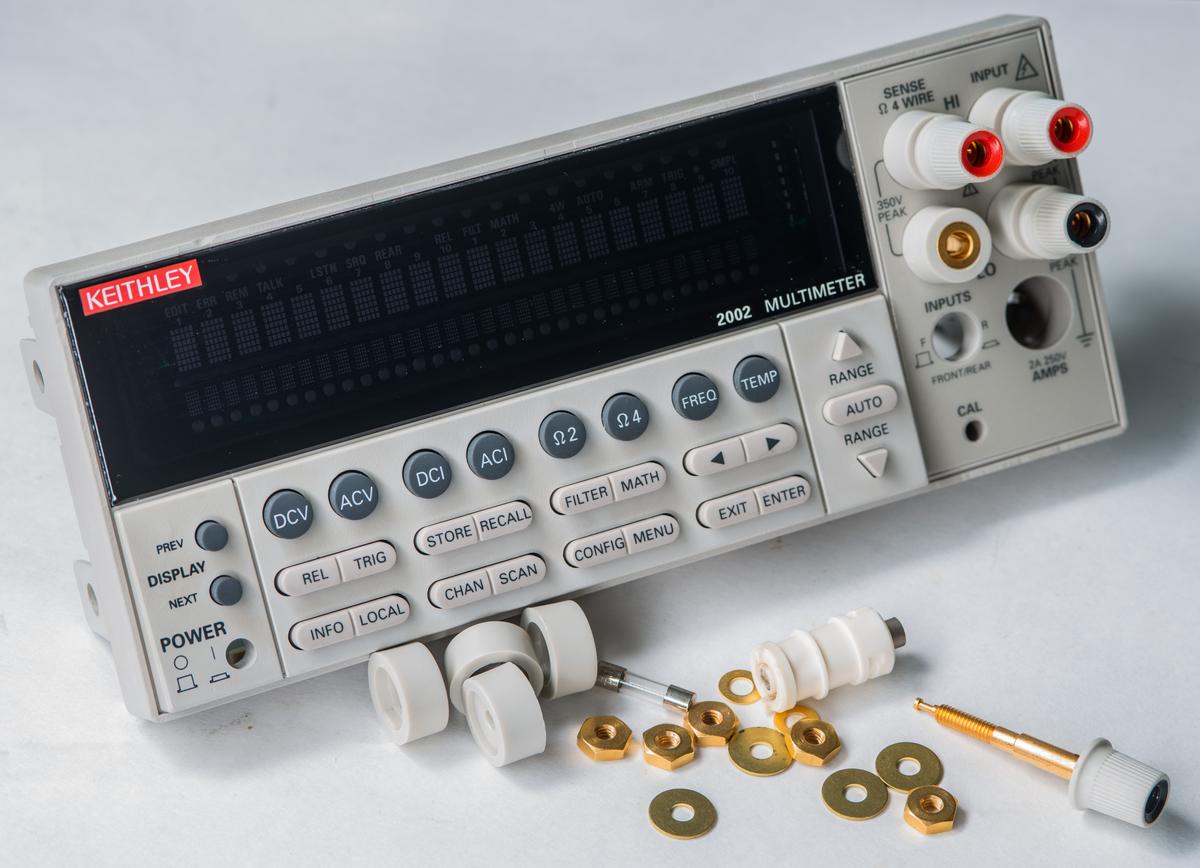
Image 11: Keithley 2002 panel with test fit 2758 connectors
LTC connectors are perfect fit for original plastic opening and no modifications to plastic required. They are quite tight so careful but decent strength pressure is required to press fit new connector bases into panel. I’ve used clamp + tube spacer method, which worked nicely.
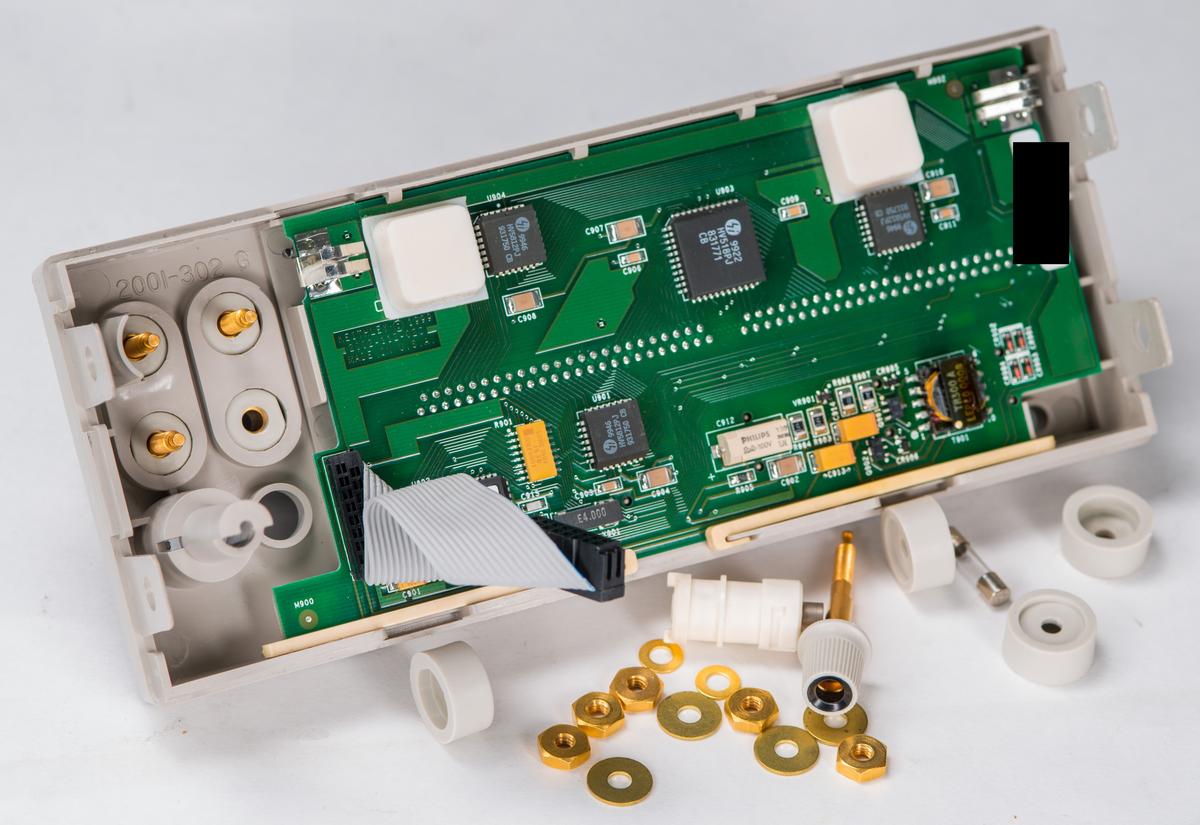
Image 12: Low thermal connectors press fit into panel, electronics reinstalled
We have bases with actual post installed now, but post is not secured in the base. Original washers are installed on posts to secure the movable post in place.
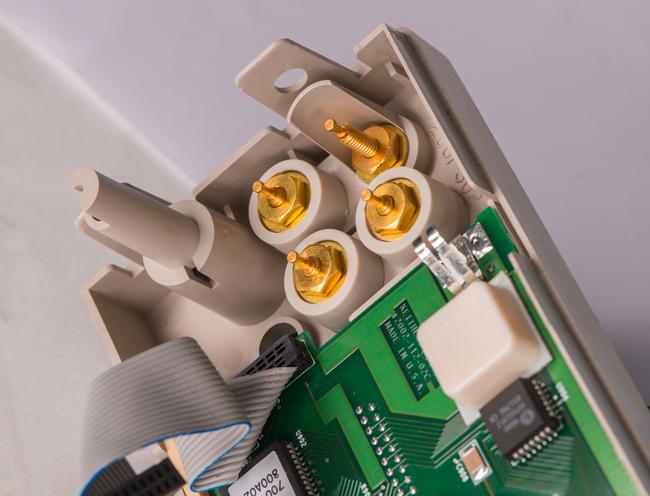
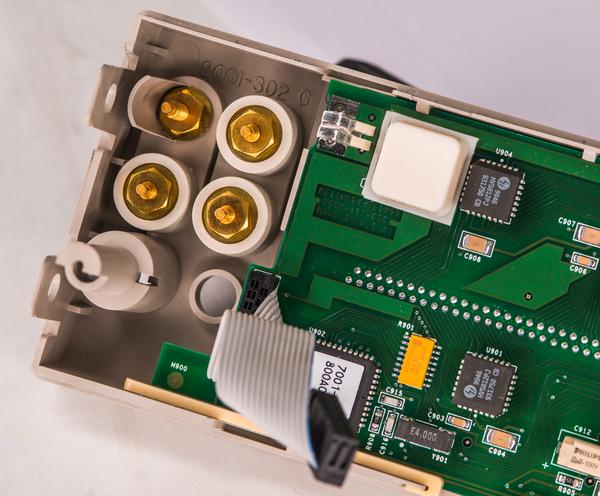
Image 13-14: Connector rods are secured with plastic insulators and washers
All these components are part of the Low Thermal 2758 post kit and supplied with each connector. Hi Sense, LO and LO Sense are all installed with plastic insulator nut + washer but HI terminal have shroud molded into front panel to provide additional insulation to metal chassis for high voltages. There is no way to fit original LTC insulator cap in this position, so I’ve just put metal washer instead. Everything was tightened and secured with copper gold-plated nuts.
Now time to install keypad, display board and reassemble the instrument. LO insulator plastic needed little 2mm trim on the side too to clear the chassis metalwork.
Also original cables from 2002’s analog board terminated with crimp contact. They happen to fit new binding post pin pretty well, but I wouldn’t trust just physical force to keep cables in place. To solve this caveat small amount of low thermal low temperature solder was applied to the connector and cable contact to ensure excellent electrical and mechanical performance of the connection.
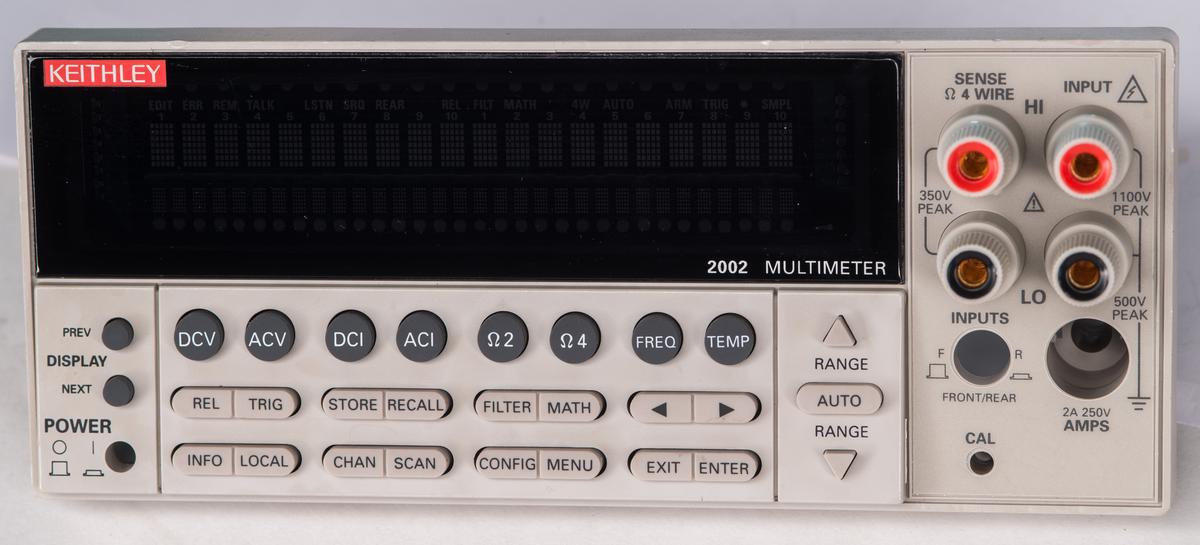
Image 15: Modified front panel ready to installation on Keithley 2002 DMM
Everything else was pretty much standard for 2002 assembly, connectors cleared metal chassis perfectly fine with good spacing.
Benchmarks and performance comparisons
TBD..
Modified Keithley 2002 calibration report 26 April, 2023, after fresh adjustment
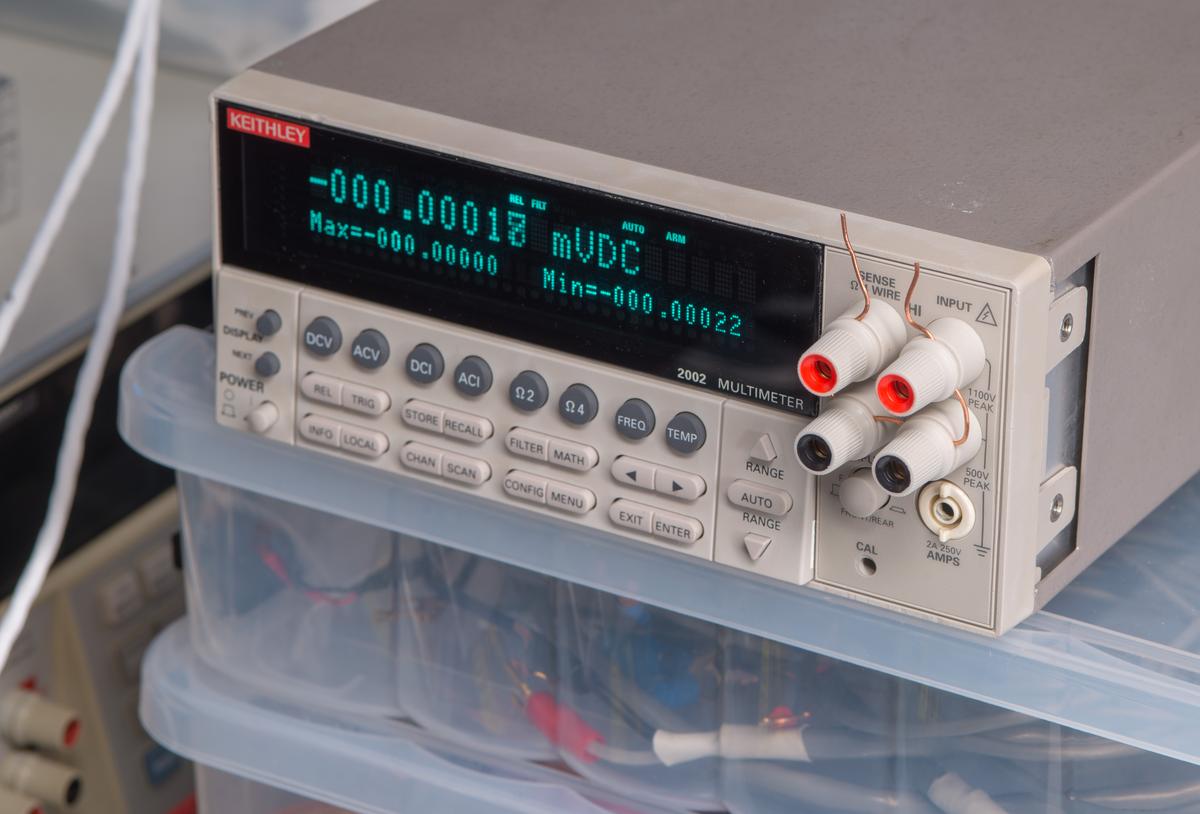
Image 16: Keithley 2002 “LTC Edition” with Model 2758 connectors
This meter will be compared with “few” other standard Keithley 2002. Here’s teaser photo:
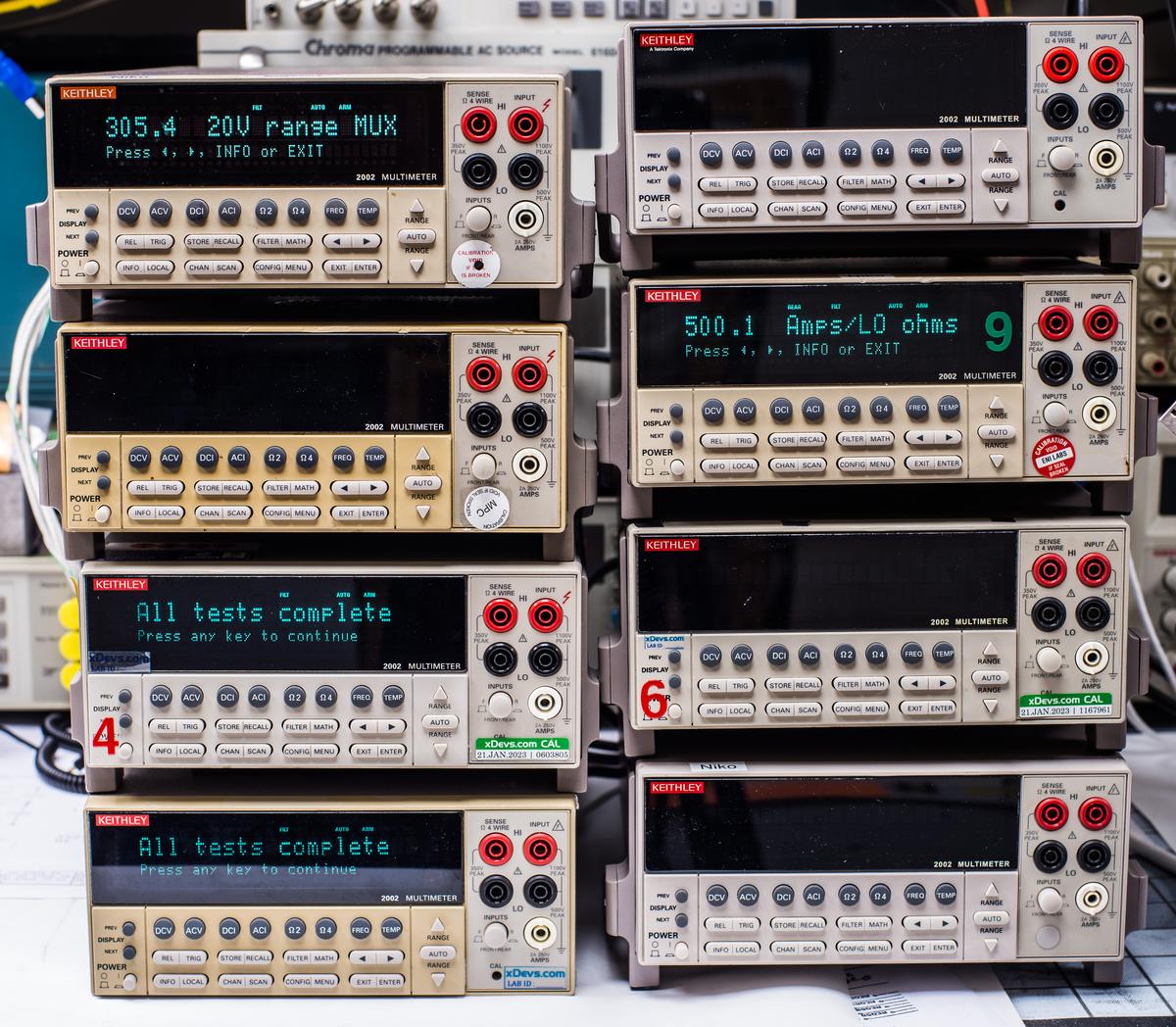
Image 17: Keithley 2002 teamwork during xDevs.com RepairFest 2023
8 × 8½-digit DMMs = 64 digits?
Conclusion and summary
Now K2002 is finally worthy to share the spot with another legends, HP 3458A and Datron 1281. No more evil banana cable mess in the lab.
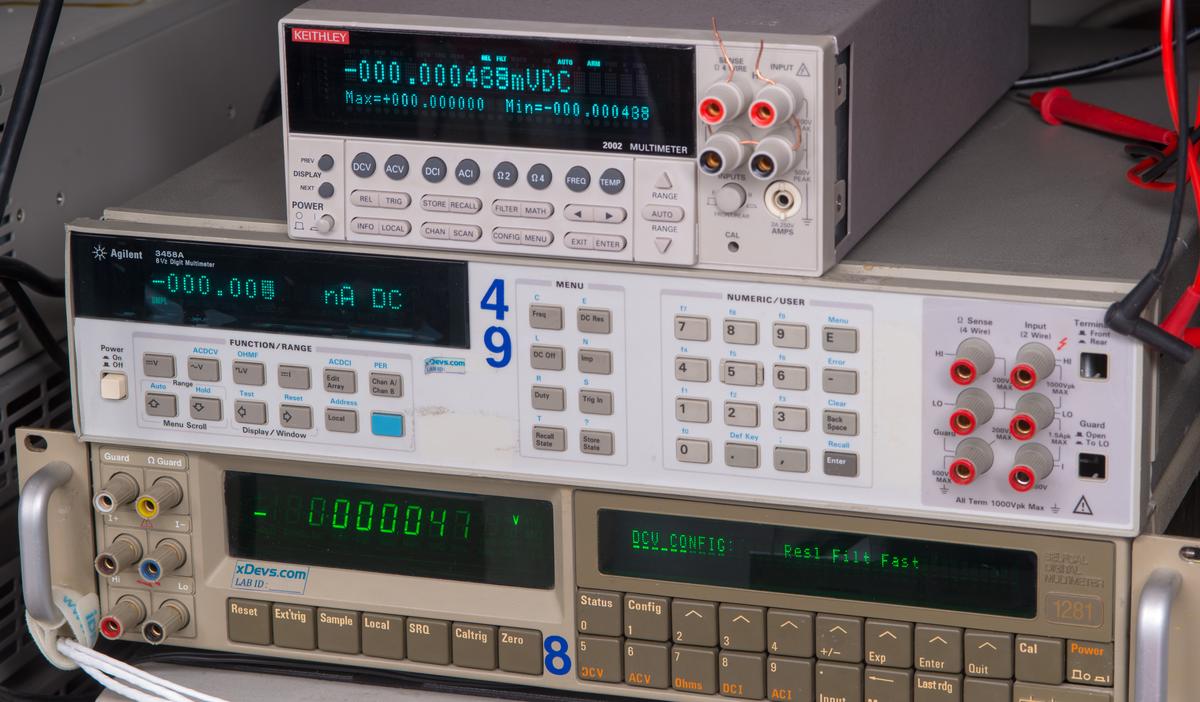
Image 1: Keithley 2002 happy back to the best 8½-digit DMMs stack
This quick modification was a success and now I have a bit more practical Model 2002 in the lab. Wouldn’t be great to see modernized Keithley “DMM8510” with such binding posts, new ADR1000 low noise reference and improved ADC with linearity to rival 3458A?
Modified: May 4, 2023, 3:09 a.m.
